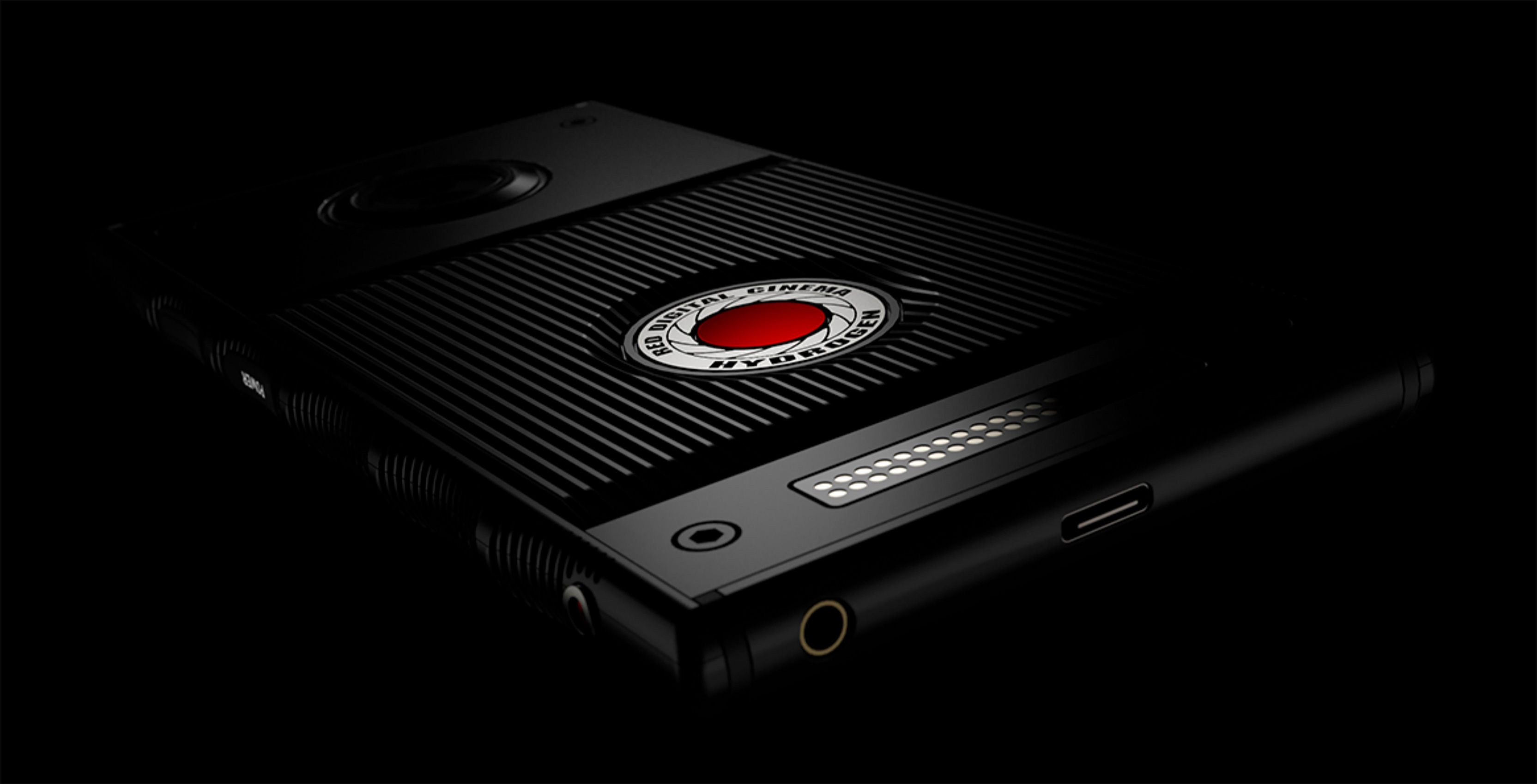
When RED, the high-end cinema camera maker, announced that it was making a new holographic smartphone, many were skeptical.
A holographic display on a smartphone is a difficult concept to imagine and even when Marques Brownlee of MKBHD got an exclusive hands-on with the device, many of us were still left in the dark about what the holographic display on the Hydrogen One would actually look like.
While RED hasn’t unveiled how the holographic-display appears on its smartphone, the company has explained more details regarding how it works.
First off, the technology behind the Hydrogen One comes from an exclusive partnership with a company called Leia. Leia — yes, like in Star Wars — describes itself as “the leading provider of light field holographic display solutions for mobile.”
Leia, once part of HP’s research labs, calls its technology Lit and will be using it for the Hydrogen One.
According to the company,”Leia leverages recent breakthroughs in Nano-Photonic design and manufacturing to provide a complete lightfield ‘holographic’ display solution for mobile devices, through proprietary hardware and software. The Silicon Valley firm commercializes LCD-based mobile screens able to synthesize lightfield holographic content while preserving the normal operation of the display.”‘
Furthermore, Leia uses, what it calls, a diffractive lightfield backlighting (DLB) layer under an LCD display that than projects the dynamic lightfield or hologram.
With this, theoretically, whenever a user is looking at an app or a game, a holograph would appear slightly poking out of the LCD display. The user will then be able to interact with gestures within the ‘dynamic lightfield’ instead of touching the display. These gestures are made possible due to Leia’s partnership with Synaptics.
According to Leia, the DLB layer wouldn’t affect the battery life, doesn’t change the appearance of the LCD display panel and doesn’t make the device feel any thicker when not using the holographic display.
While only select people have gotten the chance to see the Hydrogen One’s display at work, Brownlee said it “definitely wasn’t perfect and had quirks like light bleeding around the outside of the display and some stuttering when I messed with some four view gaming stuff.” Though he noted his first reaction was that he was “pretty impressed.”
While Brownlee was pretty impressed by the prototype, RED believes that, “the Hydrogen program will feature stunning holographic content and 3D sound for movie viewing, interactive gaming, social messaging and mixed reality.”
Source: RED
MobileSyrup may earn a commission from purchases made via our links, which helps fund the journalism we provide free on our website. These links do not influence our editorial content. Support us here.


